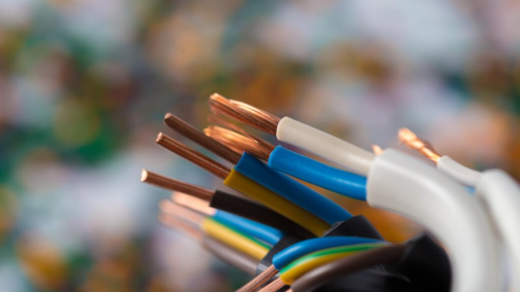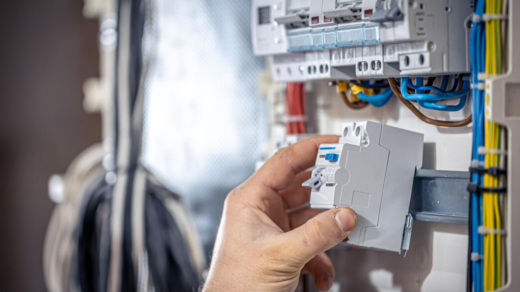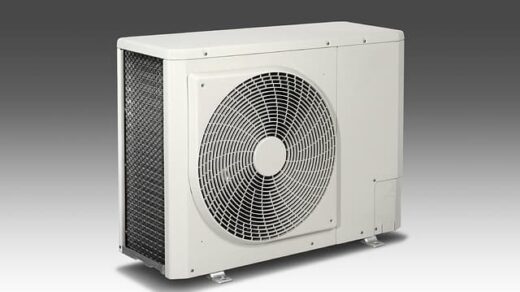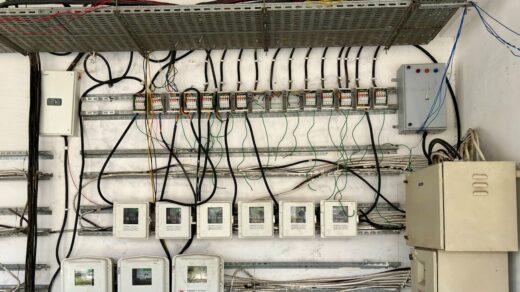Loose outlets may appear to be a minor inconvenience, but their hazard runs far deeper than one might imagine. When an outlet wobbles as you insert a plug, it’s not merely an annoying issue—it’s a potential time bomb that can disrupt the electrical flow. The consequence?
Electrical arcing is a hazardous event that can quickly escalate into a significant fire risk. Fortunately, there are straightforward yet vital steps to remediate such issues, significantly enhancing the safety of your home.
Table of Contents:
- Unraveling the Risks of Compromised Outlets;
- Implementing a Solution;
- Conclusion.
Unraveling the Risks of Compromised Outlets
Consider that electrical outlets are the backbone of your home’s electrical network. Each outlet should be flush against the wall and securely affixed. If this isn’t the case, the cover might be the only defense against an outlet’s displacement.
Yet, a single plate is insufficient to maintain the outlet’s stability during frequent plug-ins and unplugs. Such recurring strain can lead to cracks in the plate, and worse, persistent shifts in electrical connections elevate the fire hazard.
<iframe width=”560″ height=”315″ src=”https://www.youtube.com/embed/4ld0THPOgeM?si=cOgl8pSH7qEbyUqN” title=”YouTube video player” frameborder=”0″ allow=”accelerometer; autoplay; clipboard-write; encrypted-media; gyroscope; picture-in-picture; web-share” allowfullscreen></iframe>
Implementing a Solution
Addressing this issue involves acquiring plastic spacers:
- Start by gently unscrewing the outlet from the wall. Slide these small inserts onto the screw ends and reattach the outlet. To ensure a firm fixation, installing several spacers might be necessary. Upon your next device connection, you’ll observe the outlet remains sturdily anchored;
- A similar predicament arises if the outlet is overly recessed into the wall, primarily relying on the electrical box behind it for support. Each adjustment amplifies the risk of wire loosening, potentially instigating a household fire;
- For recessed outlets, plastic spacers often serve as a solution. Alternatively, an electrical box extender can be employed;
- Installing the extender requires detaching the cover and outlet, feeding the outlet’s wires through the extender’s hole, and securing it into the wall. After reassembling the outlet and cover, their enhanced stability becomes apparent.
If tackling this issue independently seems daunting or unfeasible, seeking professional assistance is advisable.
Conclusion
What seems like a trivial issue of unanchored electrical outlets is far more hazardous than it appears. The danger of these ‘floating’ or recessed outlets transcends mere inconvenience—they’re a severe fire hazard threatening your home’s safety. The silver lining lies in the availability of practical solutions to fortify these vulnerable junctions, safeguarding your household.
Whether opting for plastic spacers, an electrical box extender, or enlisting a professional electrician, the objective remains constant: securely affix the outlets in place. This preventive measure curtails the risk of electrical arcing, mitigating potential catastrophic outcomes.








